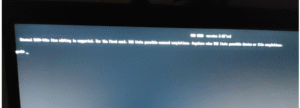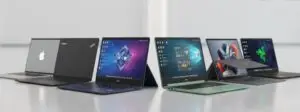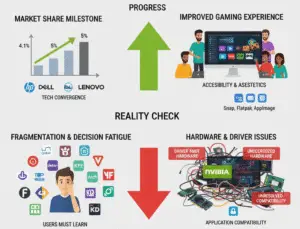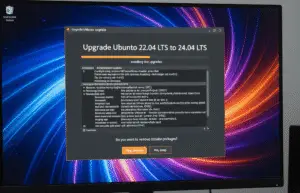
Blockchain in 2025: The Simple Guide to the Future of Trust

Introduction: The Digital Ledger Revolution
Imagine a world where you could send money directly to someone overseas without a bank, buy a house without paperwork, or verify if your medicine is genuine with a quick scan. This is the power of blockchain technology, and by 2025, it will transform far more than just cryptocurrencies.
Blockchain is like a digital notebook that everyone can see but no one can cheat. It’s changing how we handle money, contracts, and even voting. Let’s break down this complex technology into simple, everyday terms with real-world examples.
What Exactly is Blockchain?
The Digital Lego Explanation
Think of blockchain as a chain of digital blocks (like Lego pieces). Each block contains:
-
Transaction records (who sent what to whom)
-
A timestamp (when it happened)
-
A unique fingerprint (called a “hash”)
-
The previous block’s fingerprint
Once a block is added, it can’t be changed – making it nearly impossible to cheat.
Why It’s Special
-
Decentralized: No single company or government controls it
-
Transparent: Anyone can verify transactions
-
Secure: Uses advanced cryptography
-
Tamper-proof: Changing one record would require changing all subsequent blocks
Example: Bitcoin was the first major blockchain application, but now the technology does much more.
How Blockchain Will Change Our Lives by 2025
1. Smarter Money & Payments
-
Instant cross-border transfers without banks taking days and fees
-
Central bank digital currencies (like a digital dollar or euro)
-
Micropayments for content (pay per article you read)
Example: Ripple helps banks settle international payments in seconds instead of days.
2. Revolutionizing Supply Chains
-
Track products from factory to shelf
-
Verify if food is organic or if diamonds are conflict-free
Example: Walmart uses blockchain to trace mangoes back to their farm in seconds.
3. Digital Identity & Passports
-
Control your own digital ID
-
No more forgetting passwords
-
Prove your age without showing ID
Example: Estonia’s e-Residency program uses blockchain for digital identities.
4. Secure Voting Systems
-
Tamper-proof digital voting
-
Real-time results with full transparency
-
Reduced election fraud risks
Example: Sierra Leone tested blockchain voting in 2018.
5. Smart Contracts (Self-Executing Agreements)
-
Contracts that automatically execute when conditions are met
-
No lawyers or middlemen needed for simple agreements
Example: A rental agreement could automatically return your deposit when you move out if there’s no damage.
6. Fighting Fake News & Content
-
Verify if media is original or altered
-
Track content ownership
Example: The New York Times experiments with blockchain to combat misinformation.
7. Healthcare Record Keeping
-
Secure, unified medical records
-
Control who accesses your health data
-
Faster sharing between hospitals
Example: MIT developed blockchain medical records that patients control.
The Technology Behind Blockchain in 2025
1. More Energy-Efficient Systems
New blockchains use far less power than Bitcoin’s energy-intensive model.
2. Hybrid Blockchains
Combining private and public chains for business flexibility.
3. Interoperability
Different blockchains will communicate seamlessly.
4. Quantum-Resistant Cryptography
Preparing for future supercomputers that could break current security.
Challenges Blockchain Must Overcome
-
Regulation Uncertainty: Governments are still figuring out laws
-
Scalability Issues: Handling millions of transactions quickly
-
User Experience: Making it as easy as using apps
-
Energy Consumption: Some blockchains use too much power
Real Companies Using Blockchain Now
| Company | What They Do |
|---|---|
| De Beers | Tracks diamonds to prevent “blood diamonds” |
| Maersk | Manages global shipping logistics |
| Unilever | Verifies sustainable tea sources |
| Exploring blockchain social media |
The Future: What to Expect by 2025
-
Mainstream blockchain IDs replacing passwords
-
Tokenized real estate – buying property fractions
-
More government adoption for records and services
-
NFTs beyond art – for tickets, memberships, credentials
Example: You might own a blockchain-based car title that automatically transfers when sold.
Conclusion: The Trust Machine
Blockchain is more than Bitcoin – it’s a new way to create trust in a digital world. By 2025, we’ll stop asking “what is blockchain?” and start using it without noticing, like we do with the internet today.
From preventing food fraud to securing medical data, this technology promises to make many systems more transparent, efficient, and secure. The revolution isn’t coming – it’s already here, just unevenly distributed.




